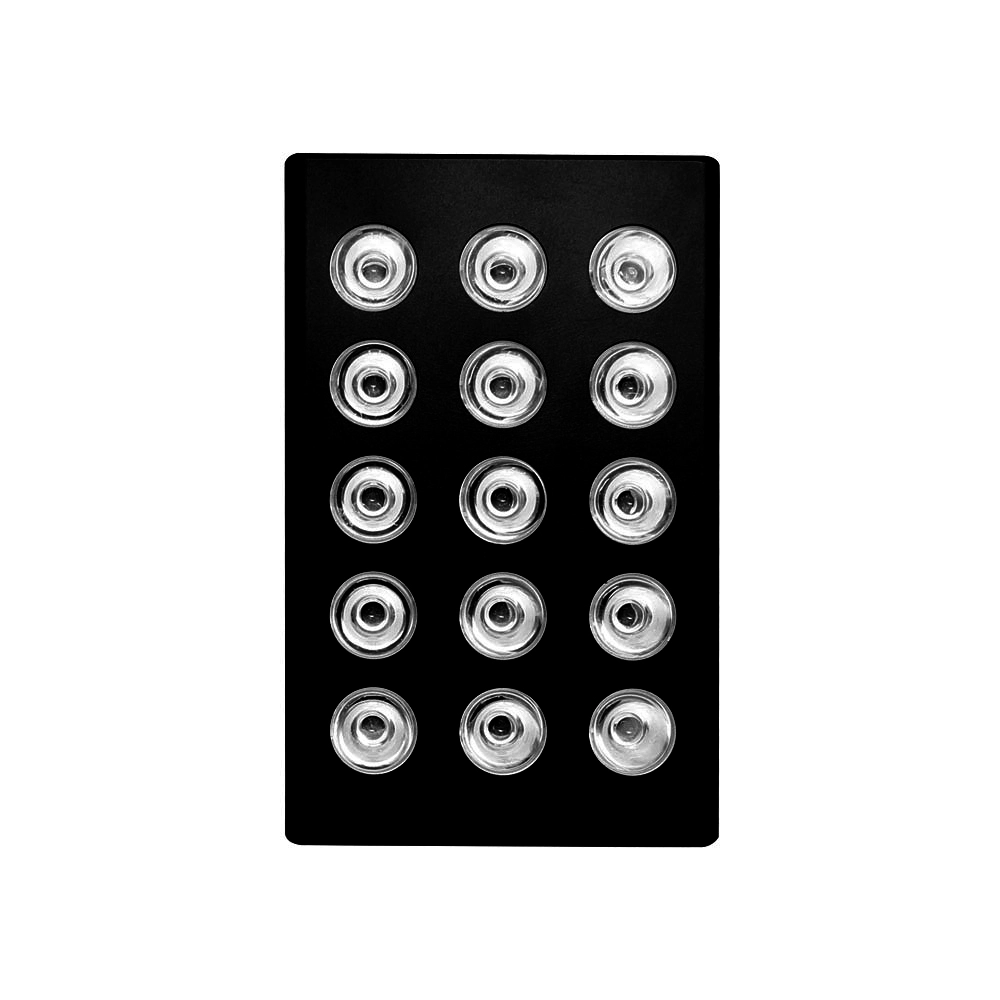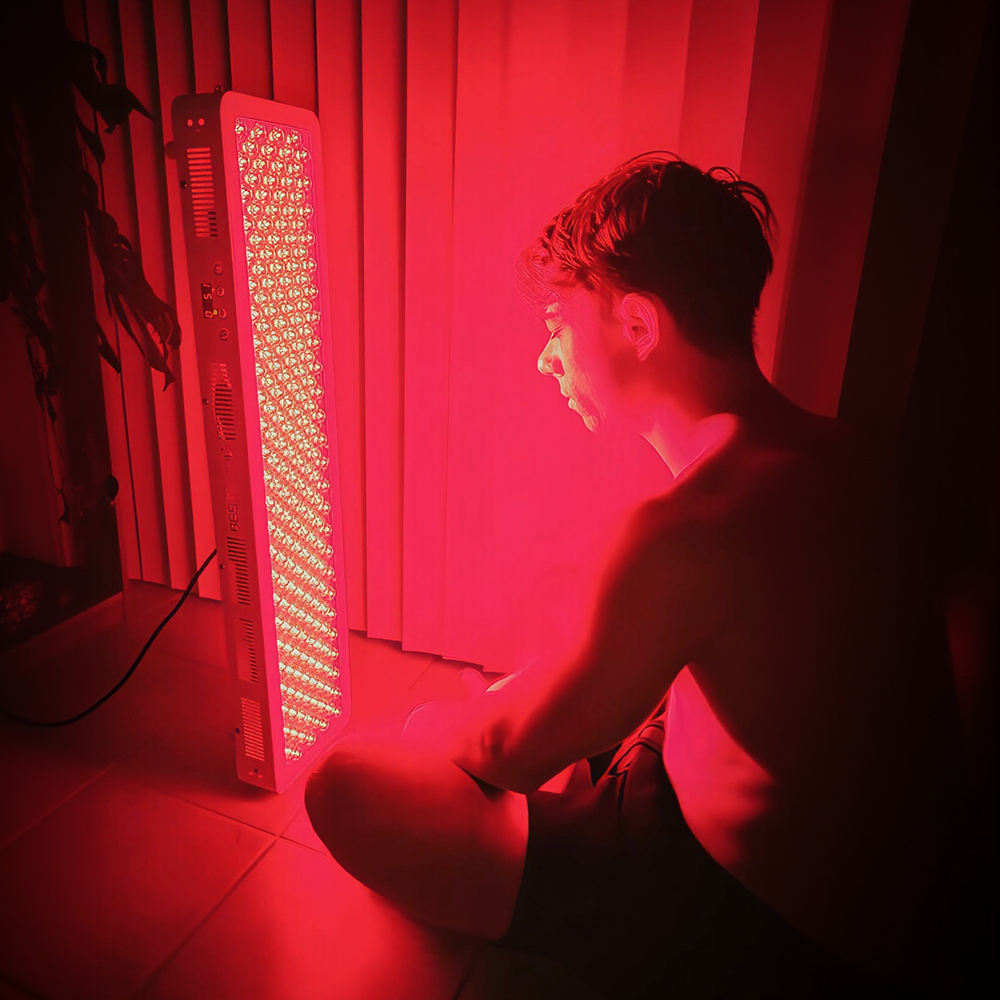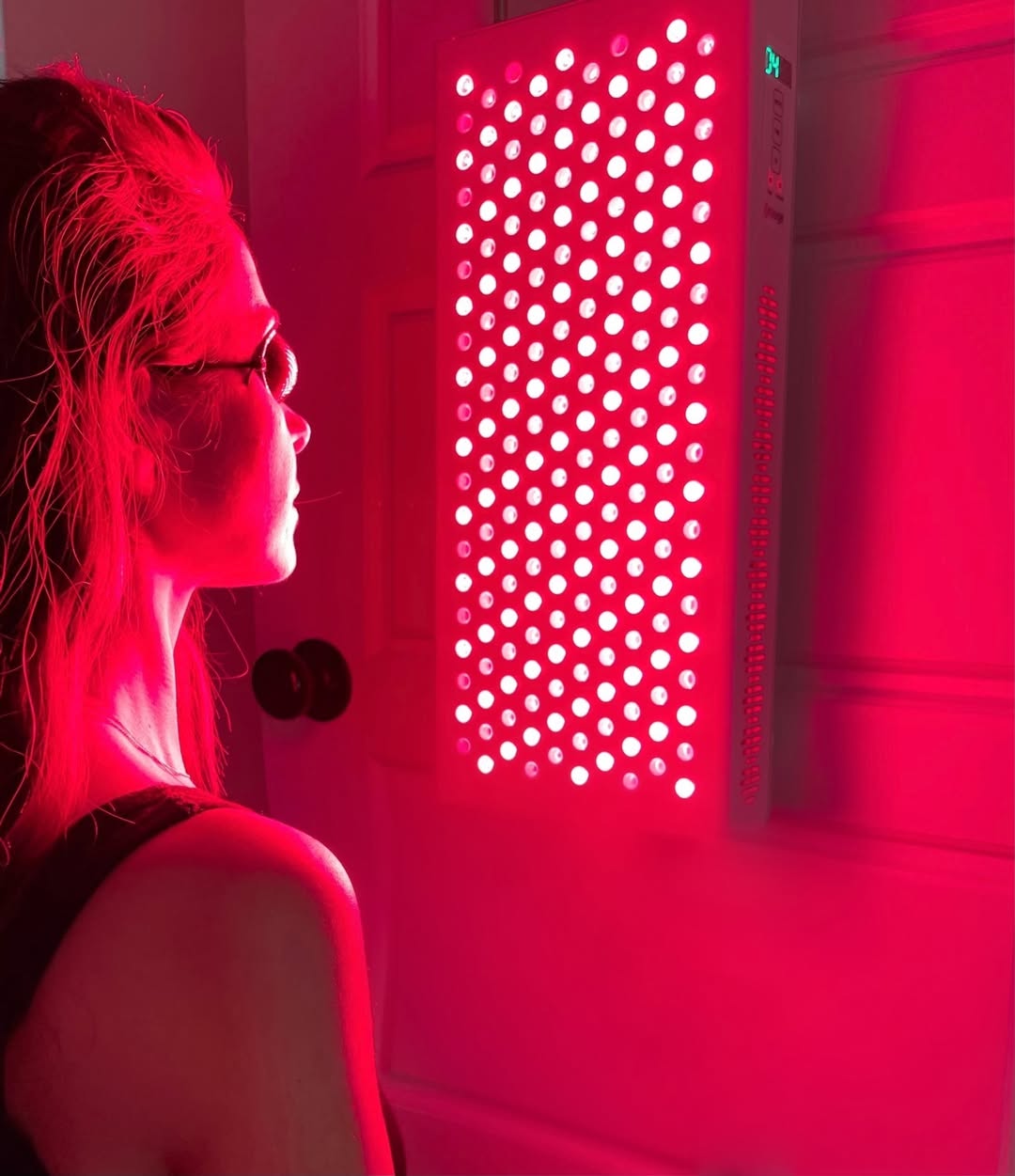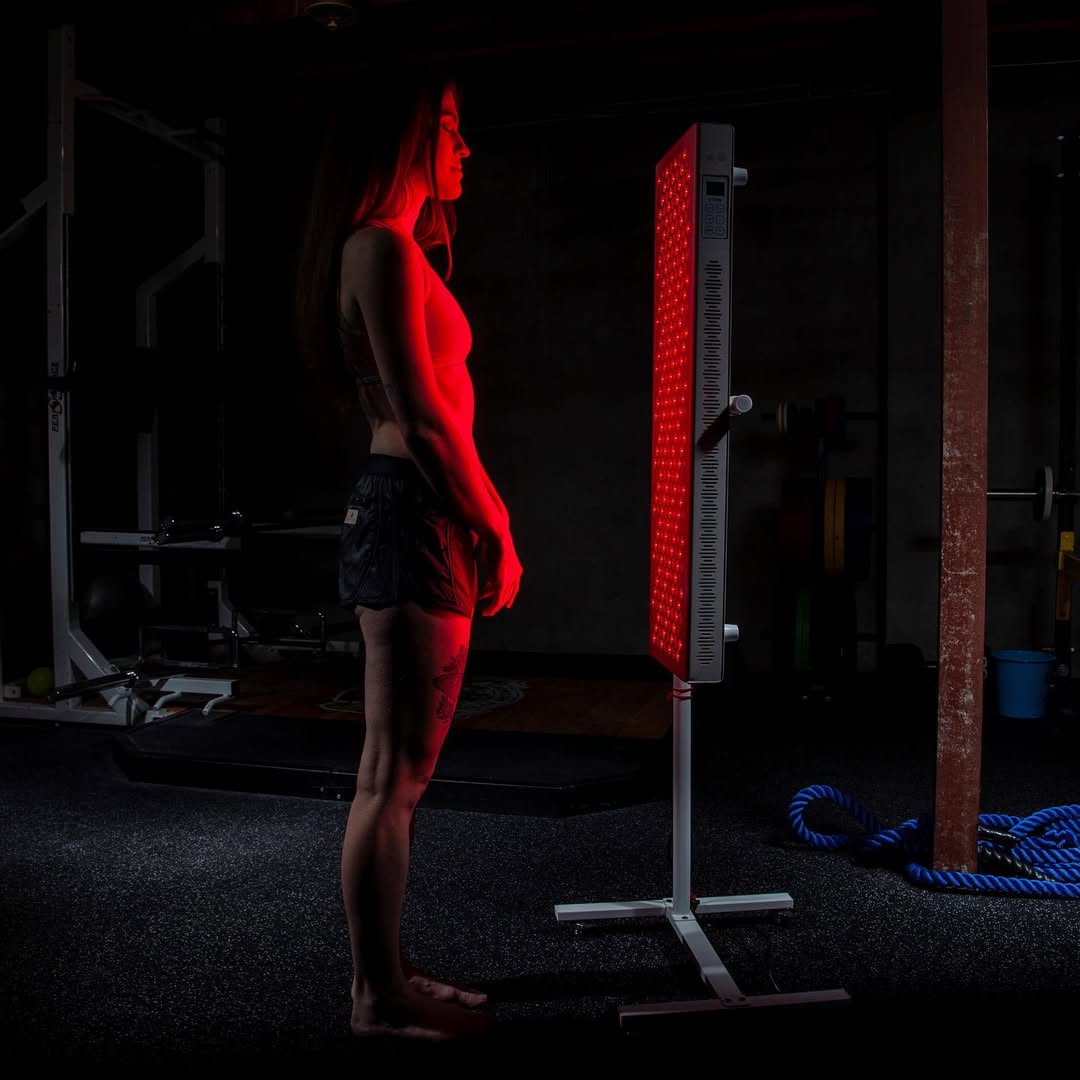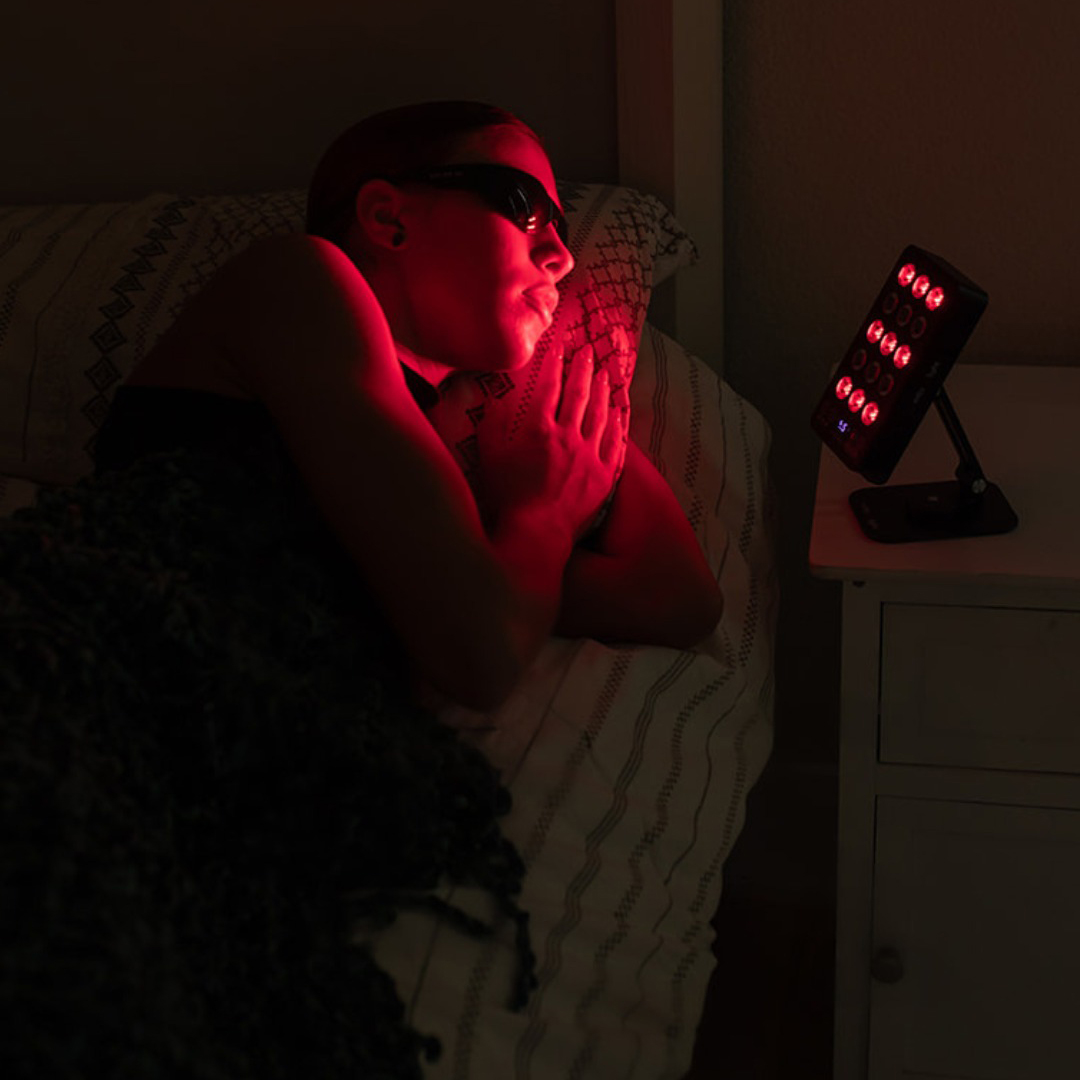![]() Free Shipping
Free Shipping ![]() Buy Now, Pay Later
Buy Now, Pay Later ![]() Eligible
Eligible
Red Light Therapy for Fibroids: A Soothing Ray of Hope?
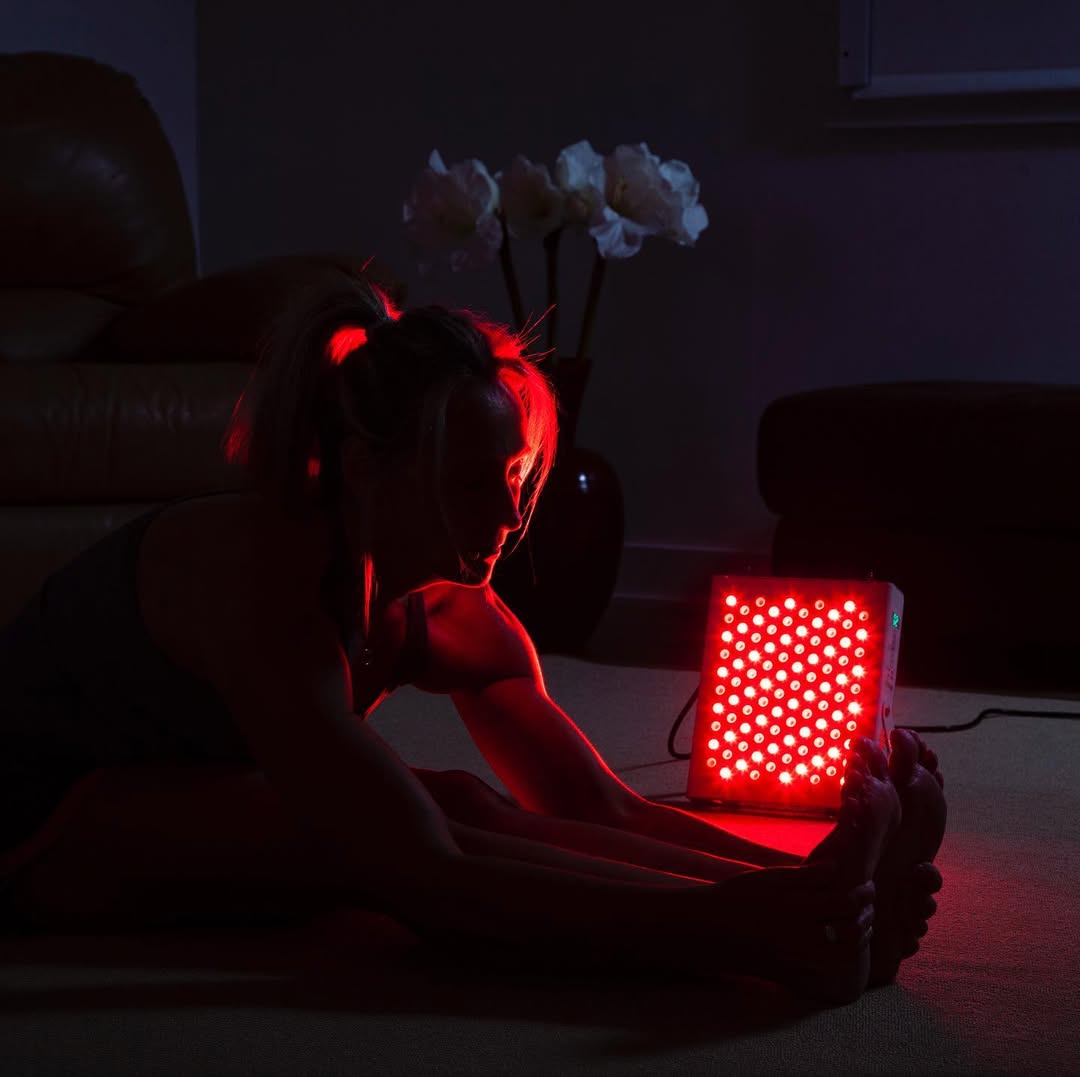
Uterine fibroids are a common and often debilitating reality for many women, affecting up to 80% by age 50. While conventional treatments like medication and surgery are effective, many seek non-invasive, natural alternatives for symptom management. One such emerging modality is Red Light Therapy (RLT). But does it live up to the hype? This in-depth guide explores the science, potential benefits, and practical application of red light therapy for uterine fibroids.
What Are Uterine Fibroids?
Before diving into the treatment, it’s crucial to understand the condition. Uterine fibroids (leiomyomas) are non-cancerous growths made of muscle and connective tissue that develop in or on the wall of the uterus. Their symptoms can vary dramatically but often include:
- Heavy or prolonged menstrual bleeding
- Severe pelvic pain or pressure
- Frequent urination
- Bloating and a feeling of fullness in the lower abdomen
- Pain during intercourse
- Complications with pregnancy and fertility
What is Red Light Therapy (RLT)?
Red Light Therapy, also known as Photobiomodulation (PBM) or Low-Level Laser Therapy (LLLT), is a non-invasive treatment that uses specific wavelengths of red and near-infrared (NIR) light.
How it Works: Unlike harsh UV light or surgical lasers that destroy tissue, RLT uses low-energy light to stimulate cellular function. The photons of light are absorbed by the mitochondria within our cells, often called the “cellular powerplants.”
Dr. Michael Hamblin, a leading photomedicine researcher, explains: “The primary chromophore (light-absorbing molecule) is thought to be cytochrome c oxidase in the mitochondrial respiratory chain. Photon absorption leads to increased ATP (adenosine triphosphate) production, a transient burst of reactive oxygen species, and modulation of transcription factors.”
In simpler terms: RLT gives your cells a natural energy boost, encouraging them to function more efficiently, repair themselves, and reduce inflammation.
The Science Behind Red Light Therapy and Fibroids
The direct research on RLT for fibroid shrinkage in humans is still in its early stages. However, the theoretical and indirect evidence is compelling, based on how RLT affects key biological processes involved in fibroid growth and symptoms.
1. Reducing Inflammation
Fibroids are known to be inflamed tissues. They have high levels of pro-inflammatory cytokines. RLT has been extensively documented to have powerful anti-inflammatory effects, significantly reducing these inflammatory markers throughout the body.
2. Improving Blood Flow and Circulation
RLT stimulates the release of nitric oxide, a molecule that dilates blood vessels (vasodilation). This improves microcirculation, which can help deliver more oxygen and nutrients to tissues while removing waste products. For pelvic health, this can mean reduced congestion and improved tissue healing.
3. Supporting Cellular Repair and Apoptosis
Some preliminary studies on other types of abnormal tissue growth suggest that RLT can encourage apoptosis (programmed cell death) in dysfunctional cells. While not yet proven for fibroids, this is a key area of investigation.
Potential Benefits of Using RLT for Fibroid Management
Based on its mechanisms of action, using red light therapy for fibroids may offer several benefits:
- Pain Management: By reducing inflammation and muscle tension in the pelvic region.
- Reduced Menstrual Bleeding: Improved uterine tissue health and circulation may lead to more regulated bleeding.
- Decreased Bloating and Pressure: Anti-inflammatory effects can alleviate the feeling of pelvic fullness.
- Non-Invasive and Low-Risk: It is a gentle therapy with virtually no side effects when used correctly.
- Complements Other Treatments: Can be used alongside conventional medicine, supplements, and lifestyle changes.
VELLGUS Elite V2
THE #1 RATED RED LIGHT DEVICE
Red Light Therapy vs. Other Fibroid Treatments
This table provides a quick comparison of RLT with other common fibroid management options.
| Treatment Modality | How It Works | Pros | Cons |
|---|---|---|---|
| Red Light Therapy | Stimulates cellular repair & reduces inflammation | Non-invasive, minimal side effects, can be done at home | Research is early, not a guaranteed cure, requires consistency |
| Medication (e.g., Hormones) | Regulates hormones to shrink fibroids | Can provide quick symptom relief | Side effects are common, symptoms return after stopping |
| Uterine Artery Embolization | Blocks blood supply to the fibroid | Minimally invasive, preserves uterus | Recovery time, risk of infection, not suitable for all |
| Myomectomy | Surgically removes fibroids | Preserves fertility, eliminates fibroids | Invasive surgery, risk of recurrence, recovery time |
| Hysterectomy | Surgically removes the uterus | Permanent solution for fibroids | Major surgery, loss of fertility, long recovery |
How to Use Red Light Therapy for Fibroids
If you’re considering RLT, here’s a practical guide:
- Choose the Right Device: Look for a medical-grade device that emits red (630-660 nm) and/or near-infrared (810-850 nm) light. NIR light penetrates deeper and may be more effective for reaching the uterus. Panels are often more effective than small wands for broader coverage.
- Target the Pelvic Area: Apply the light directly to the lower abdomen, over the pubic bone. The light photons can penetrate several centimeters to reach the uterine tissue.
- Be Consistent with Dosage: A typical starting protocol is 10-20 minutes per session, 3-5 times per week. Consistency is more critical than long, infrequent sessions.
- Practice Patience: Natural therapies work gradually. It may take 4-8 weeks of consistent use to notice significant changes in pain and bleeding.
A user testimonial from a fibroid support forum: “I’ve been using a red light panel for 3 months primarily for joint pain, but the biggest surprise was the change in my cycle. My periods are noticeably lighter and the crippling cramps I used to get are now just a dull ache. I didn’t even start using it for that!”
Important Considerations and Precautions
- Consult Your Doctor: Always speak with your healthcare provider before starting any new treatment for fibroids. RLT should be viewed as a complementary therapy, not a replacement for your doctor’s advice.
- Safety: RLT is generally very safe. Avoid looking directly into high-power LEDs.
- Temper Expectations: RLT is not a magic bullet. It is a tool for managing symptoms and supporting overall pelvic health. It may not “cure” or completely eliminate large fibroids.
The Bottom Line: Is Red Light Therapy Worth Trying for Fibroids?
While large-scale, randomized controlled trials are needed to conclusively prove red light therapy’s efficacy for fibroid shrinkage, the existing science behind its mechanisms is strong. Its proven ability to reduce inflammation, improve circulation, and support cellular repair makes it a compelling, low-risk option for women seeking to manage their fibroid symptoms naturally.
For those struggling with the pain and disruption of fibroids, red light therapy represents a safe, accessible, and potentially powerful tool to add to a holistic management plan.



